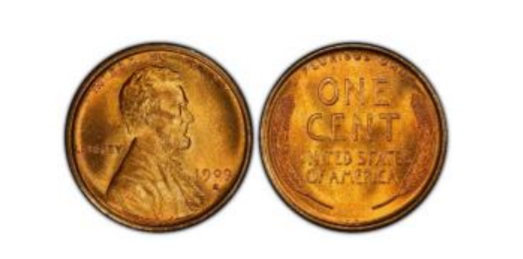We take a deep dive into the pragmatic issues regarding the use of inverse properties when creating OWL ontologies.
Property Inverses and Perspectives
It is important to understand that logically, both perspectives always exist; they are joined at the hip. If Michael has Joan as a parent, then it is necessarily true that Joan has Michael as a child – and vice versa. If from one perspective, a new relationship link is created or an existing one is broken, then that change is immediately reflected when viewed from the other perspective. This is a bit like two quantumly entangled particles. The change in one is instantly reflected in the other, even if they are separated by millions of light years. Inverse properties and entangled particles are more like two sides of the same coin, than two different coins.

In OWL we call the property that is from the other perspective the inverse property. Given that a property and its inverse are inseparable, technically, you cannot create or use one without [implicitly] creating or using the other. If you create a property hasParent, there is an OWL syntax that lets you refer to and use that property’s inverse. In Manchester syntax you would write: “inverse(hasParent)”. The term ‘inverse’ is a function that takes an object property as an argument and returns the inverse of that property. If you assert that Michael hasParent Joan, then the inverse assertion, Joan inverse(hasParent) Michael, is inferred to hold. If you decide to give the inverse property the name parentOf, then the inverse assertion is that Joan parentOf Michael. This is summarized in Figure 3 and the table below.

